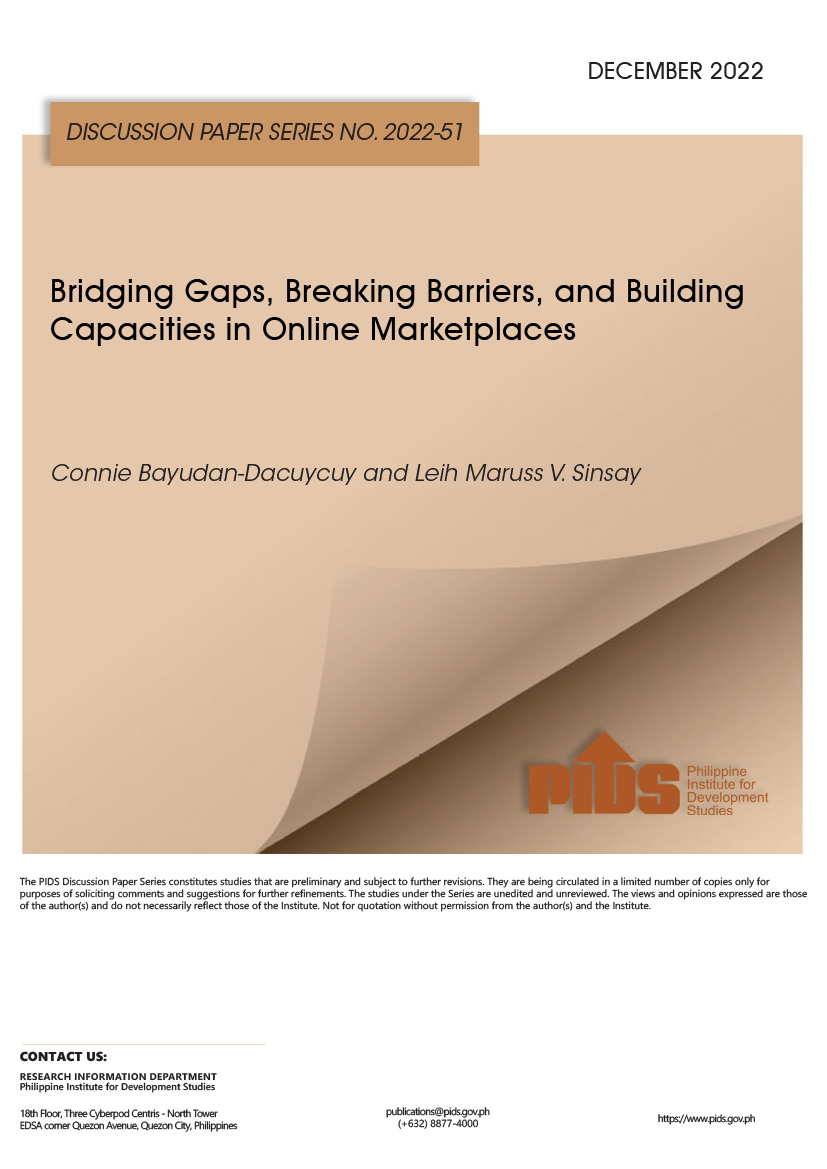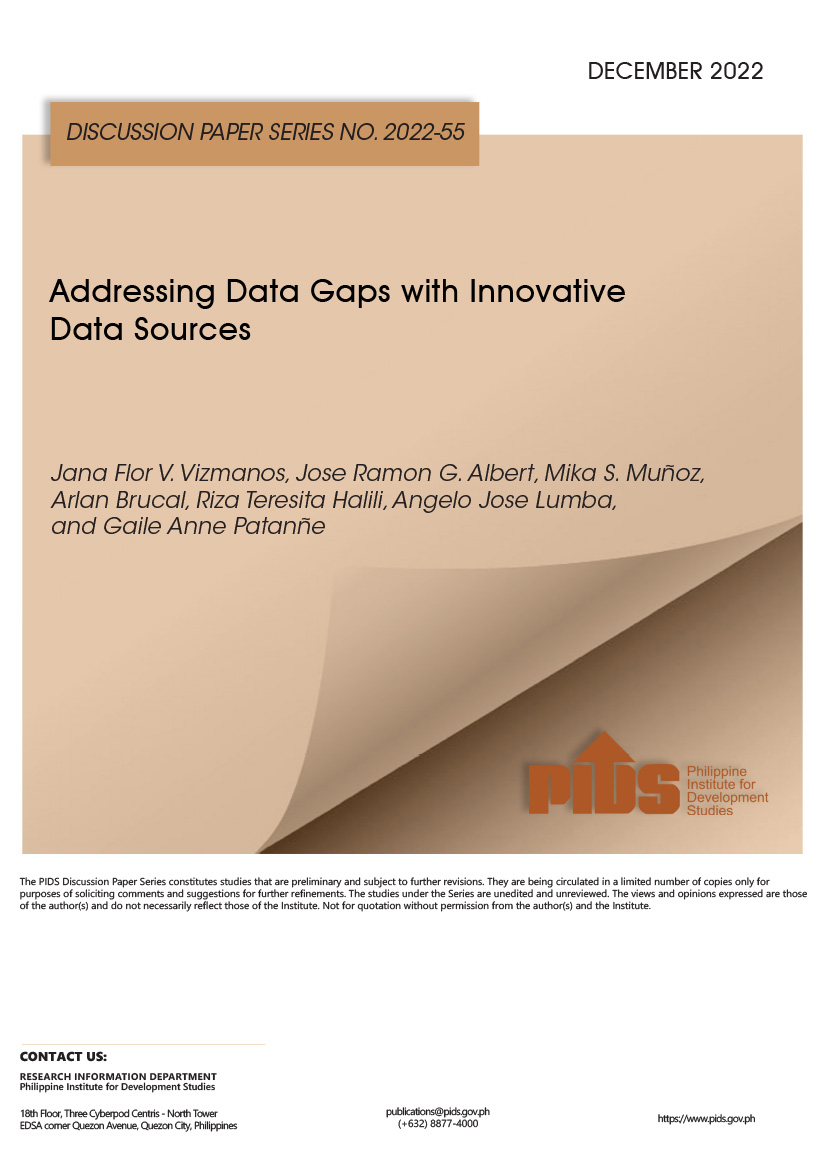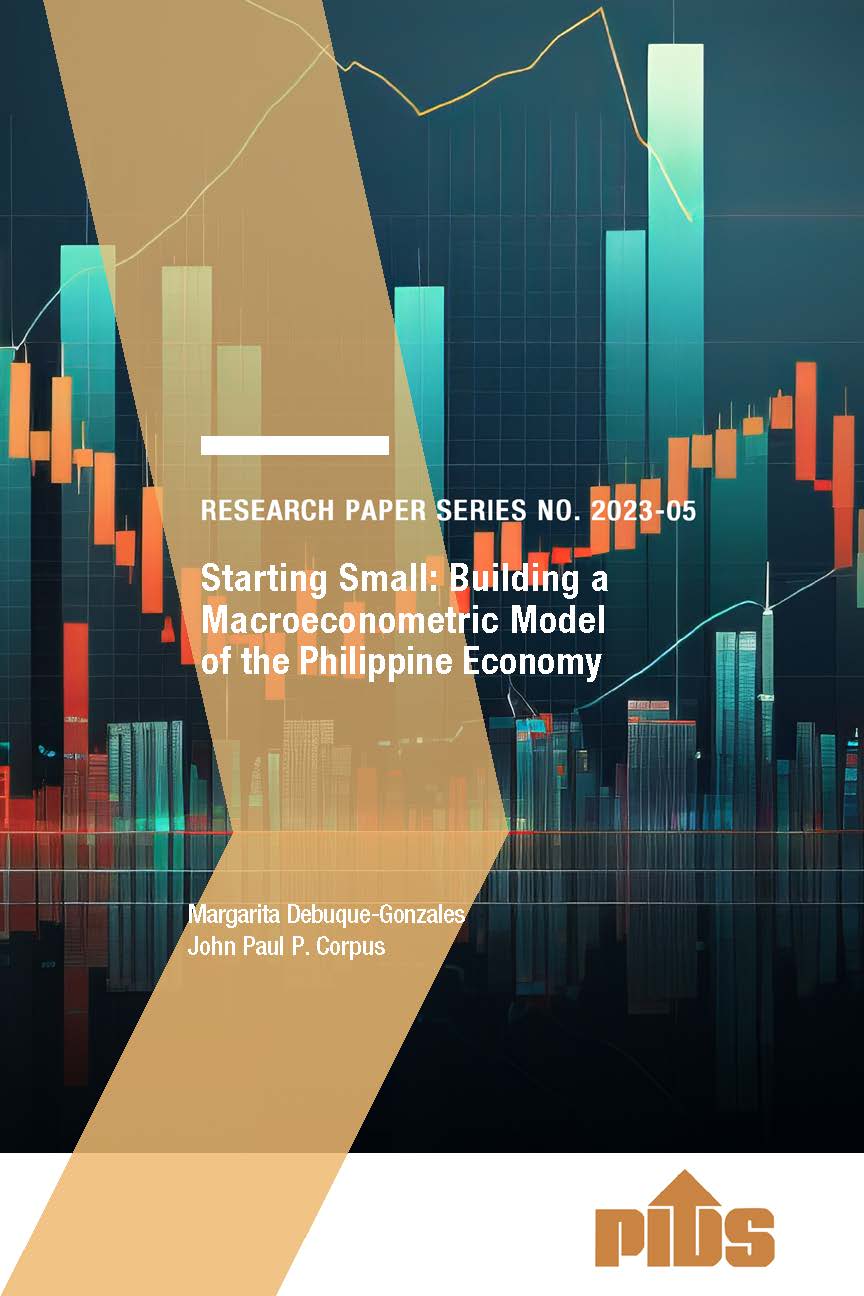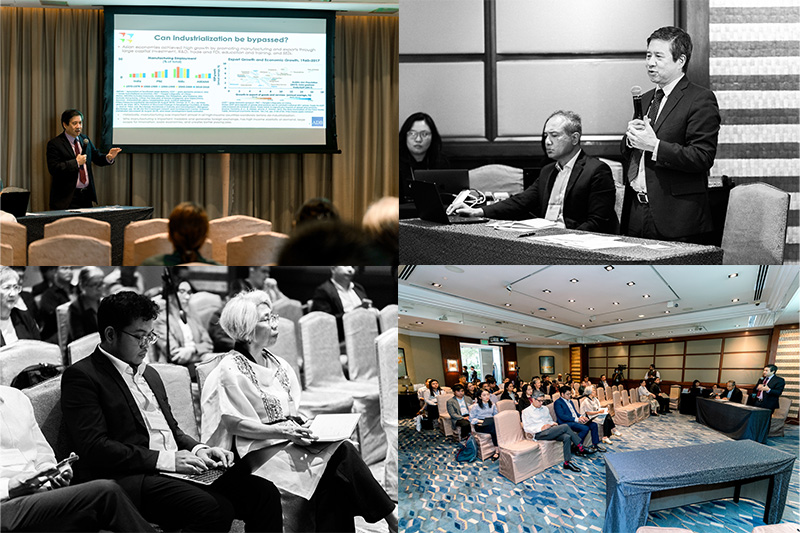THE National Economic and Development Authority (Neda) plans to construct a new building worth P2.5 billion within or less than four years.
Neda Assistant Director General Ruben S. Reinoso told the BusinessMirror the agency officials will soon have a preliminary meeting with its consultants for a design-and-build concept for a new building.
Reinoso said its existing 40-year-old building in Ortigas Center, Pasig City, may be torn down and replaced with a new energy-efficient edifice.
“We will have a consultation meeting with them [consultants], a preliminary consultation meeting. We will find out their opinion on the terms of reference if it’s sufficient or insufficient and will not interest them; whether it will be practical and attainable,” Reinoso said.
The Neda official said the location of the building is also one of the things they will discuss with the consultants in the preliminary meeting. However, he said, one of the options is the parking-lot area in the Neda’s Ortigas Center office.
The discussion will also include the best use for the existing Neda building, or whether it would be more practical to tear it down, considering that it has been the Neda’s home for most of its existence, Reinoso explained.
As of press time, he said what is definite is that the new building will not only house the Neda’s national offices but also that of its attached agencies, which are currently renting office spaces in Quezon City.
These attached agencies are the Tariff Commission, Philippine Institute for Development Studies, Philippine National Volunteer Service Coordinating Agency and the Public-Private Partnership (PPP) Center.
“The consultants will advise us what would be the most expeditious time to complete it, especially under a design-and-build contract, where there is an incentive for the private sector to finish it, otherwise the government will not pay them,” Reinoso said.
“[A design-and-build arrangement also has a] single point of responsibility, removing any finger-pointing where a contractor can say the design was wrong and the designer can say the contractor made a mistake. This is a value-for-money arrangement for the Neda,” he added.
Reinoso said the plan to construct a new building for the Neda was first proposed in the mid-1990s, just before the 1997 Asian financial crisis.
He said the initial proposal was to construct a new building under a build-operate-transfer (BOT) scheme, where private-sector firms that are willing to construct the Neda building can submit a proposal, including how it intends to recover its cost.
At that time, Reinoso said, the Ortigas Center was already attracting a lot of businesses because of its central location. Even as far back as the mid-1990s, traffic going to and from Makati City presented a problem for businesses and employees, as well as government.
However, when the crisis hit, getting a developer to agree to the BOT arrangement became impossible, since the commercial part of the construction would not be able to attract enough locators for the developer to recover its investment.
“Since the government is in a very good fiscal position, instead of maintaining an old building, which, at a certain point in time, you will have to rehabilitate because the structure will be compromised, your maintenance cost will be too high. At a certain point in time, you will also have to condemn the building, so why not accelerate the condemnation and whatever money that will be spent for maintenance, you can save. It’s really for the long term,” Reinoso said.//
Neda Assistant Director General Ruben S. Reinoso told the BusinessMirror the agency officials will soon have a preliminary meeting with its consultants for a design-and-build concept for a new building.
Reinoso said its existing 40-year-old building in Ortigas Center, Pasig City, may be torn down and replaced with a new energy-efficient edifice.
“We will have a consultation meeting with them [consultants], a preliminary consultation meeting. We will find out their opinion on the terms of reference if it’s sufficient or insufficient and will not interest them; whether it will be practical and attainable,” Reinoso said.
The Neda official said the location of the building is also one of the things they will discuss with the consultants in the preliminary meeting. However, he said, one of the options is the parking-lot area in the Neda’s Ortigas Center office.
The discussion will also include the best use for the existing Neda building, or whether it would be more practical to tear it down, considering that it has been the Neda’s home for most of its existence, Reinoso explained.
As of press time, he said what is definite is that the new building will not only house the Neda’s national offices but also that of its attached agencies, which are currently renting office spaces in Quezon City.
These attached agencies are the Tariff Commission, Philippine Institute for Development Studies, Philippine National Volunteer Service Coordinating Agency and the Public-Private Partnership (PPP) Center.
“The consultants will advise us what would be the most expeditious time to complete it, especially under a design-and-build contract, where there is an incentive for the private sector to finish it, otherwise the government will not pay them,” Reinoso said.
“[A design-and-build arrangement also has a] single point of responsibility, removing any finger-pointing where a contractor can say the design was wrong and the designer can say the contractor made a mistake. This is a value-for-money arrangement for the Neda,” he added.
Reinoso said the plan to construct a new building for the Neda was first proposed in the mid-1990s, just before the 1997 Asian financial crisis.
He said the initial proposal was to construct a new building under a build-operate-transfer (BOT) scheme, where private-sector firms that are willing to construct the Neda building can submit a proposal, including how it intends to recover its cost.
At that time, Reinoso said, the Ortigas Center was already attracting a lot of businesses because of its central location. Even as far back as the mid-1990s, traffic going to and from Makati City presented a problem for businesses and employees, as well as government.
However, when the crisis hit, getting a developer to agree to the BOT arrangement became impossible, since the commercial part of the construction would not be able to attract enough locators for the developer to recover its investment.
“Since the government is in a very good fiscal position, instead of maintaining an old building, which, at a certain point in time, you will have to rehabilitate because the structure will be compromised, your maintenance cost will be too high. At a certain point in time, you will also have to condemn the building, so why not accelerate the condemnation and whatever money that will be spent for maintenance, you can save. It’s really for the long term,” Reinoso said.//












